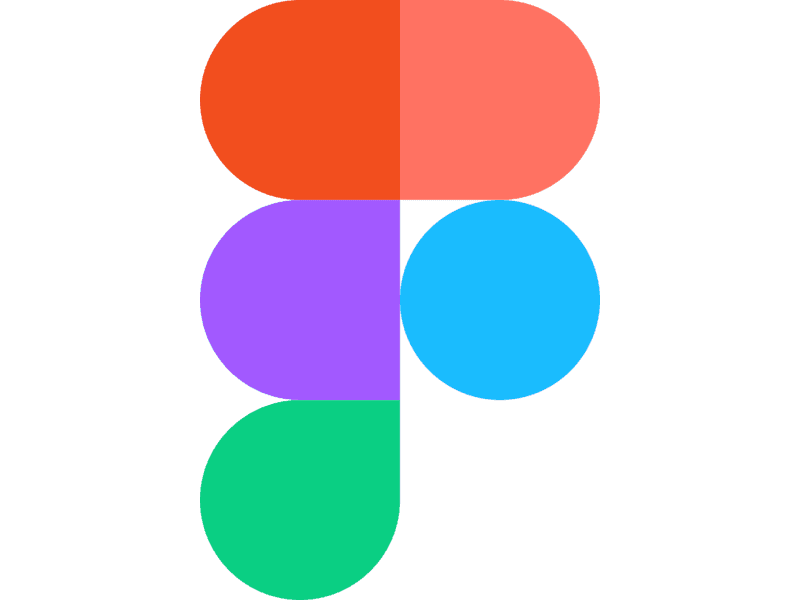Goodreads Onboarding Flow
Streamlining the user flow and reducing the user burden throughout the onboarding experience for Goodreads across mobile and desktop.
8 min reading time
DURATION
4 weeks · 2023
CLIENT
university Masters project
TEAM
solo
TOOLS & SKILLS
teardowns · research · UX writing · product design · prototyping ·
Figma
DELIVERABLES
research analysis · workshops · framework · tool prototypes
Project Details
GoodReads allows users to search a database of books and literary quotes. Once signed up, they can contribute their own ratings and reviews for books, or ‘shelve’ them for reference. But the onboarding process is long and convoluted, risking losing new users before they enter the product.
CHALLENGE
One of GoodRead’s primary features is its ability to use algorithms to recommend books to users based on their activity. The onboarding process is an important stage for new users who lack this input data and want to access great book recommendations quickly.
SOLUTION
The solution uses a modal to let the user enter the product after sign up, adopting prompts to guide them to onboarding pathways. Reducing the length of the user flow increases the likelihood of the onboarding follow through to completion.

Process
The timeline of this project includes allocations for research, iteration and delivery.

Teardowns
A teardown was conducted on the existing product across desktop and mobile versions to analyse and deconstruct what’s happening at each step of the onboarding flow.
PROCESS
In order to begin to understand the users painpoints and develop empathy for their experience, I signed up for Goodreads on desktop and mobile to understand it's current state, possible obstacles, and where the opportunities for improvement might be.
I evaluated the UX step-by-step, using screenshots to document the interactions and flow.




The existing onboarding flow used a 4-stage stepper that required the user to complete up to 31 actions in order to benefit from the task and receive personalised recommendations.
FINDINGS
The onboarding experience demanded a lot from the user - actions were unclear, feedback was limited, and there were too many actions to complete before seeing any results. Beyond this, the flow just felt unreasonably long and taxing on the user.
It was hardly inspiring as a first-time look at Goodreads, either. The UI felt outdated, the components hadn’t been designed to engage users, and you felt a million miles from the product itself. Like a first day, an onboarding flow should show the best qualities of the product, reassuring users to stay committed to the process.
Background Research
A rapid survey of desk research enabled me to grasp key specifics relating to Goodread’s context, including the specific impact of the onboarding flow for the product.
ENTRY SITUATIONS
Using a process outlined in Krystal Higgin’s Better Onboarding, a map of entry situations considered some of the actions, routines and use cases for users.
The map helped me understand users motivations for coming to the Goodreads and what some of their common actions could be, as well as the journey that exists both beyond and within the product. These actions are core to the use of the product and would benefit from intentional onboarding.

PUBLIC REVIEWS
Accessing reviews for Goodreads identified some pain points for real users. Reviewers shared their complaints and often gave specific feedback about the experience that lead them to leaving a poor rating.
Among the outliers of unique user experiences, there were many broad themes appearing. Overwhelmingly, there was a consensus that the product experience wasn’t “user friendly”, which users attributed to many factors.
The reviews indicated the importance of the onboarding flow to understanding the value of the product, how it works, and how to make the most of it as a user.

Goals
The background research and teardown analysis showed that the onboarding experience could be significantly improved to align with seven design principles.
1
Facilitate users first-time interactions with features
2
Provide more options for engagement for a tailored experience of the product
3
Align onboarding practices with real use experience
4
Minimise unnecessary clutter - visual 'junk'
5
Incorporate practice/play elements based on real use features
6
Allow users agency over time commitments by giving providing them with information about what to expect
7
Make users feel welcome and valued earlier on in the onboarding process
Iteration
The first stage was an iterative development of the user flow to expedite users into the product. Wireframes visualised the flow into designs that could be tested.
USER FLOWS
Users needed a reward for their efforts sooner. To prioritise action and clearly show the value of the product, I reduced the number of steps required from the user and ensured they were only tasked with actions that had maximal benefit for their profile.
By lifting part of the onboarding process to a modal within an empty state home screen, the user starts to become familiar with the product, and feels agency toward completing the action.

WIREFRAMING
Lo-fi designs were constrained by the affordances of the modal - it had to seem like one unified action. It also needed to resonate with how the features actually worked outside of the onboarding process to build a sense of familiarity for users. Feedback was required to let users know what’s expected from them and how long it would take.
Usability Testing
A lo-fi prototype was tested for usability with five participants. The data was affinity mapped. 19 findings were found across the data set, resulting in six insights.
OBJECTIVES
The testing criteria was defined by two categories:
Experience
Components
INSIGHTS
The results of the usability testing were analysed by affinity mapping the data, which was guided by the objectives above. Patterns started to show across the data, and these were distilled into six insights.
1
Users emphasised efficiency as their main priority in completing the task
2
Users want both a customised profile and onboarding experience
3
Sentimentality is a significant motivating factor that determines whether users are likely to complete a task
4
Users prefer when conventional elements and interactive components are embedded in the flow
5
Users primarily rely on intuition and visual cues to complete tasks, but will refer to more explicit markers when they feel unsure
6
Users felt appreciative of the guided prompt to set their literary preferences
Reframing the Problem
Usability testing revealed a new perspective toward iteration and three focus areas for ongoing design iterations.
GUIDED INTERACTION
The design solution needed to find the sweet spot between unsupported immersion and passive instruction. This meant letting users know the benefit of the onboarding task while also allowing them to determine their own experience depending on their individual level of ability, time availability, and motivation for engaging.
STORYBOARDING
The testing participants indicated the need to situate the onboarding task into a sequence that felt intuitive. By supporting the task with a prompt and a follow up, the user is better placed to understand and recognise the benefits. Activating the task flow from the home page gives user an 'opt-in', while success feedback at the end confirms completion and guides into the next task.
FOCUS AREAS FOR ITERATION
Visual Cues
Test participants gave many reasons for preferring visual stimuli over text.
Mainly, the burden on the user to process large bodies of text is considered too taxing and time consuming.
Users will not only understand value through means other than text, but will bring their own personal sense of value too.
Personalisation
Goodreads will provide recommendations to users based on books they’ve rated highly or their set favourite genres.
The more they contribute, the better their recommendations become.
Introducing this value during onboarding is crucial.
Flexibility
A one-size-fits all approach won’t work for new Goodreads users.
The flow needs to account for the variety of points at which users may want to deviate, explore or do things differently.
Allowing users to change their mind during a task without consequence is also an essential requirement.
Concept
Carrying across insights from usability testing and the three new focus areas, I refined the prototype for desktop. I applied these learnings from the desktop prototype to the onboarding flow for mobile.
MODAL OVERLAY SOLUTION
The outcome takes users through a four-step modal that overlays the homepage. This process is optional but recommended, allowing for flexibility and exploration.








Prototypes
The final versions across desktop and mobile were completed to hi-fi specs to demonstrate interactivity.

Future Directions
To progress this concept further in the future, iterations would focus on three considerations.
SAVE FOR LATER
Ensuring that users feel their work is safe and saved is necessary. Designing a prompt that saves the user's partially completed task will allow users to engage when they feel like it, without feeling required to go through every step.
Progress bar integrated into modal could save the user’s place, so they can return to the task if they choose to exit
ADDITIONAL SUPPORT
Participants during usability testing expressed a variety of perspectives towards text and information. Developing a way to reveal and conceal further detail to support user action will foster the personalised experiences they’re seeking.

Proof-of-concept component with hover interaction for revealing more information
Reflections
"Wear the same shoes"
Understanding users' painpoints helps you to design from their perspective. Going through the process of the teardown method lets you run into the same obstacles they do, and speaking to users - or reading reviews - opens the doors to their frustrations. Knowing painpoints from first-hand experience gives you a more visceral place from which you can design in more informed ways.
"Timelines are a guide"
Like most design projects, the time is expected something to take often differed from how long it actually took. Although we create timelines for best case scenarios, in reality it might take much more or less time to complete a task. Being willing to adapt and reconsider your process's priorities will mean you can still produce quality outputs and meet deadlines.
"It's about the big picture"
Design is all about context. If you don't know who your users are, what their motivations are, or how the your product fits into their overall journey, you're unlikely to meet their needs. Meeting their needs means keeping them engaged. Keeping them engaged means retaining your user base. Retaining your user base helps meet KPIs.

